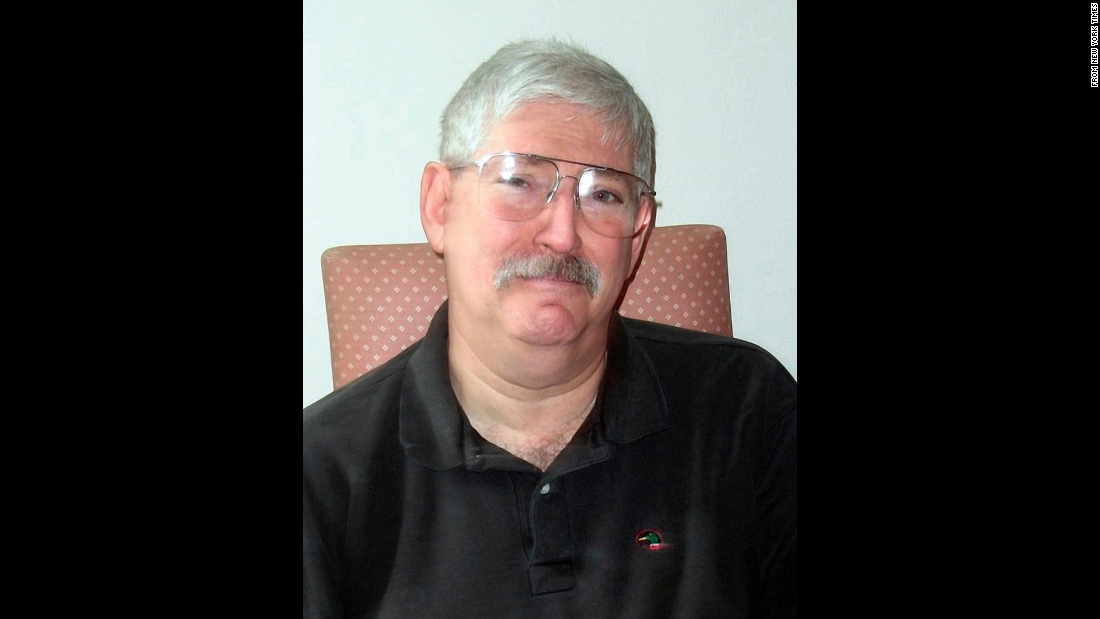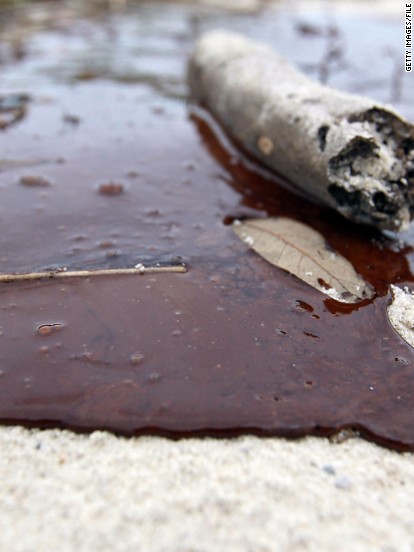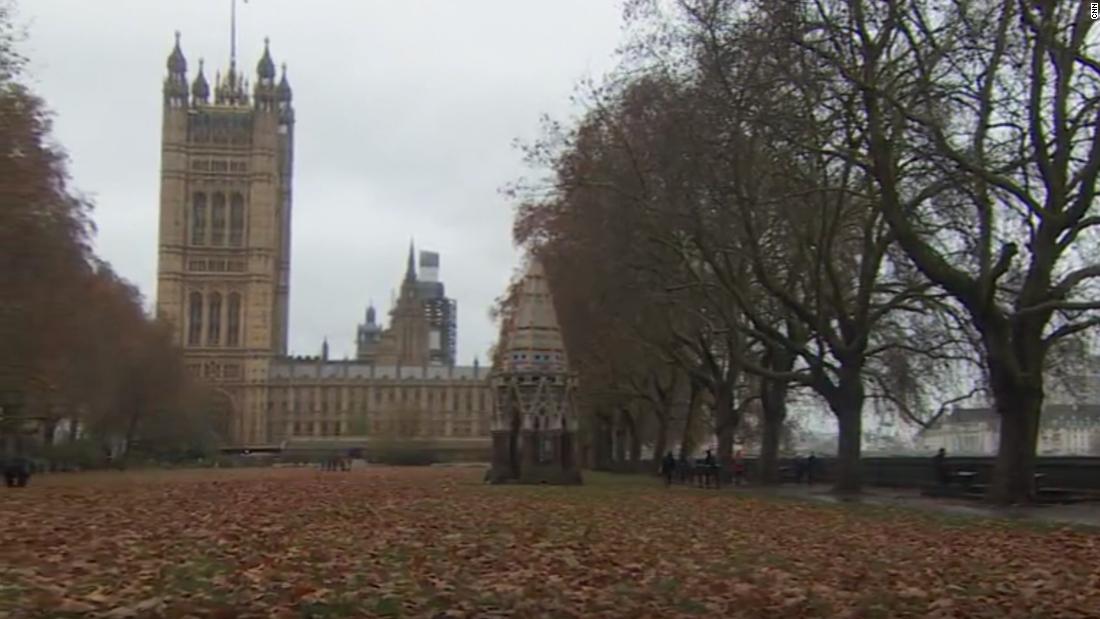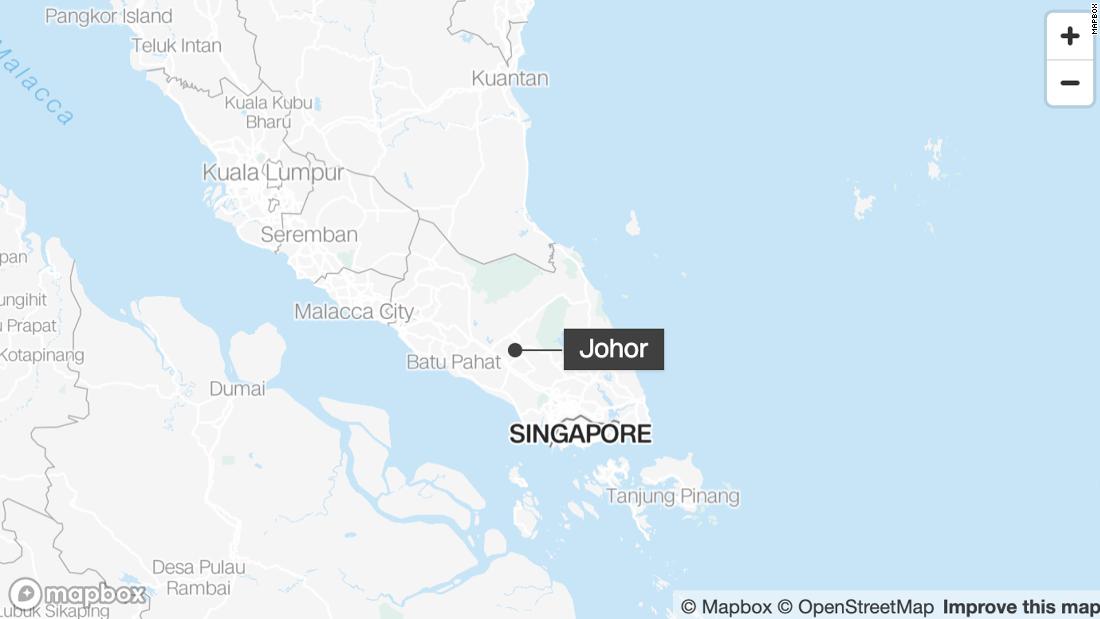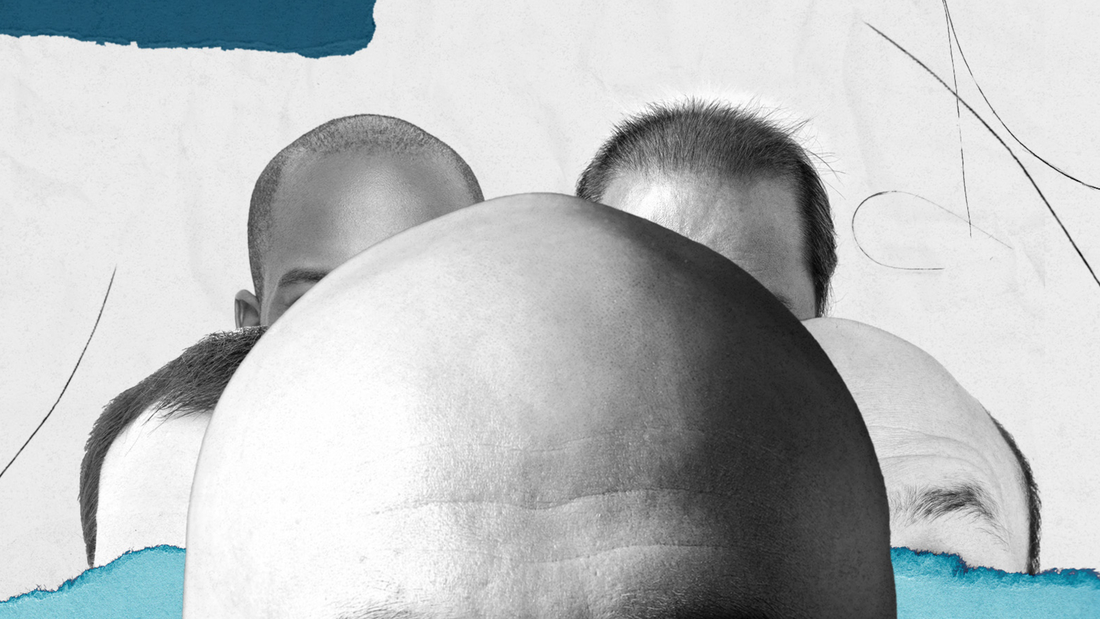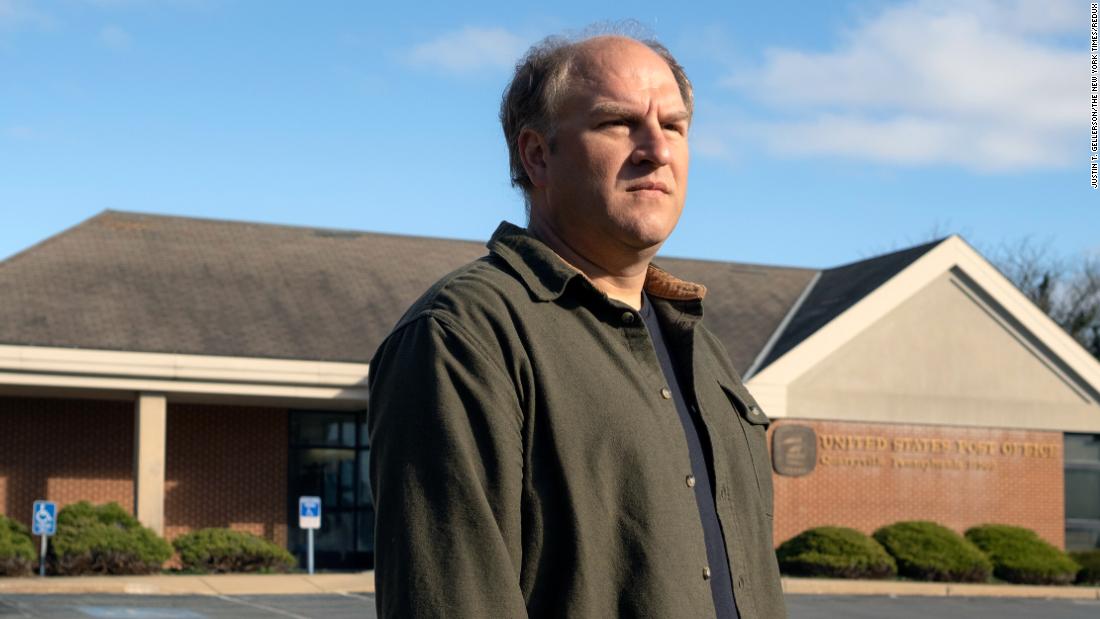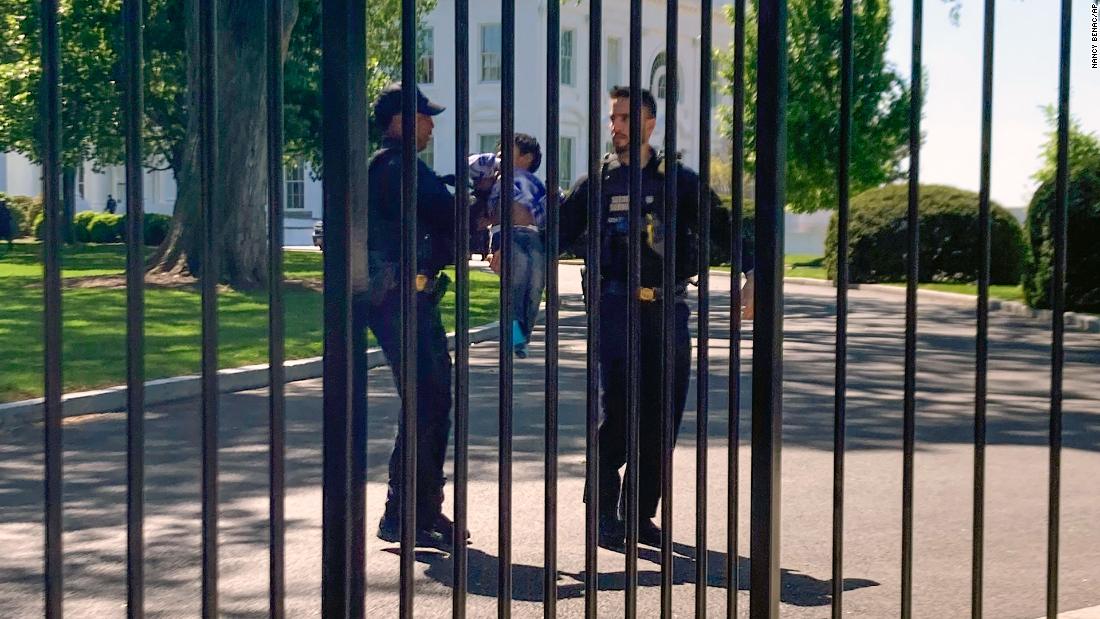ABANDONED medieval villages have been uncovered during roadworks on the A47.
The settlements are believed to have been abandoned after the Black Death – with residents fleeing to bigger urban areas.
Headland ArchaeologyA metal spearheads used for hunting and battles was one of the finds at the site[/caption]
Headland ArchaeologyAnother of the artefact’s uncovered by archeologists was this bone flute[/caption]
The Black Death, also known as the bubonic plague, swept the UK between 1848 and 1350, killing an estimated 35-40 per cent of the population – though estimates are much higher in some areas.
The discoveries were made by archaeologists during work to convert 5.5 miles of road between Easton and North Tuddenham into a dual-carriageway.
The dig is helping to reveal the mysteries of the inhabitants of these medieval villages, with metal spearheads, buckles and a bone flute among the artefacts uncovered.
Headland Archaeology, which carried out the work for National Highways, also found 31kg of pottery.
The site was cleared using everything from 13-tonne mechanical excavators and dump trucks to more precision hand tools.
A selection of finds from the site are due to be displayed at the National Highways’ stall at this week’s Royal Norfolk Show, on Wednesday, June 25 and Thursday, June 26.
Kate Bain, project manager at Headland Archaeology, told the Eastern Daily Press that such villages would once have been widespread.
She said: “These villages, which would have been recognisable all the way through the landscape like little hamlets, disappeared as people fled to urban settlements, leaving them behind.”
Chris Griffin, A47 project lead for National Highways, said that while the roadworks were primarily about improving road safety, they also offered a chance for historians to find out more about ‘the wonderfully rich cultural heritage’ of Norfolk.
He added: “When we started the work, we wanted to make sure we brought in the expertise to add one more piece to the historical puzzle of the landscape.
“These finds will help us understand the past and learn about what we are today.”
The ‘dualing’ work on the A47 commenced last year, while work has also begun on improvements to the A47/A11 Thickthorn junction, on the edge of Norwich.
Norfolk has been a rich area of study for archeologists over the years.
In 2019 the oldest human footprints ever found outside of Africa were spotted on a British beach in the county.
The line of footprints were thought to have been trampled onto the coast of Happisburgh 950,000 years ago and are likely to have been left by one of the earliest known varieties of human called Homo antecessor.
Archaeological enthusiast and photographer Paul Macro discovered the marks on the beach while working for a company that was scanning the area.
He found them in a spot where a similar ancient footprint and tool discovery occurred back in 2013.
The foorprints were discovered in May 2013 in a newly uncovered sediment layer of the Cromer Forest Bed and photographed in 3D before being destroyed by the tide shortly afterwards.
Published: [#item_custom_pubDate]





























